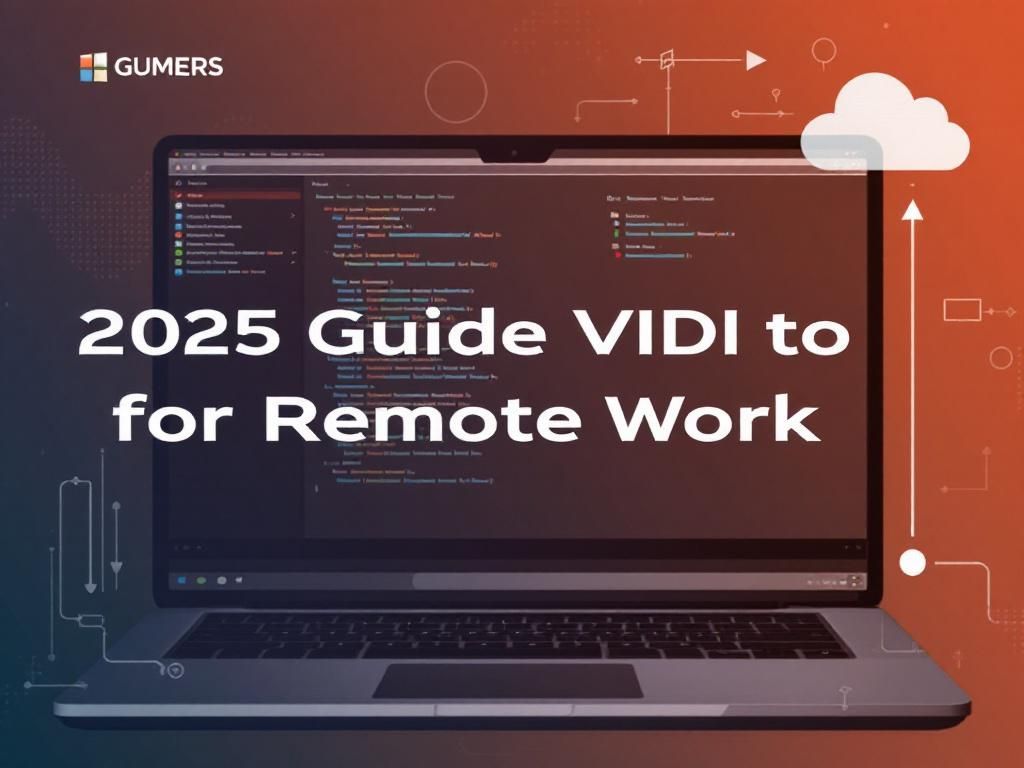Mastering VDI Setup for Seamless Remote Access
Discover how to set up VDI for effortless remote access, enhancing productivity and collaboration in your organization.

In today’s fast-paced digital landscape, where remote work is becoming the norm, the demand for seamless access to applications and data from anywhere has never been higher. Virtual Desktop Infrastructure (VDI) has emerged as a viable solution, allowing users to access a virtualized desktop environment hosted on a central server. This article delves into the intricacies of VDI setup, highlighting best practices, essential components, and the benefits of implementing this technology for enhanced productivity and security.
Table of Contents
Understanding VDI Technology
Virtual Desktop Infrastructure is a technology that enables the hosting of desktop environments on a centralized server, allowing users to access their desktops remotely. It effectively decouples the desktop from the physical machine, providing flexibility and control over the computing environment. Here are some key concepts to understand:
- Virtualization: The process of creating a virtual version of a physical device, which can be a server, a storage device, or a network resource.
- Hypervisor: A software layer that allows multiple virtual machines to run on a single physical hardware host.
- Session-Based vs. Desktop Virtualization: Session-based virtualization shares a single operating system instance among multiple users, whereas desktop virtualization allocates a dedicated environment for each user.
Components of a VDI Setup
Implementing a successful VDI solution requires understanding its core components. Here’s a breakdown of the essential elements:
1. Hardware Requirements
The performance of your VDI environment largely depends on the underlying hardware. Key hardware components include:
- Servers: High-performance servers with sufficient CPU, RAM, and storage capabilities.
- Storage: Fast, redundant storage solutions, such as SSDs or SAN (Storage Area Network), to ensure quick access to virtual desktops.
- Network Infrastructure: A robust network, including switches and routers, with adequate bandwidth to support multiple simultaneous connections.
2. Software Requirements
VDI software typically comprises the following:
- Virtualization Software: Software like VMware Horizon, Microsoft Azure Virtual Desktop, or Citrix Virtual Apps and Desktops.
- Management Tools: Tools for monitoring and managing the VDI environment, ensuring optimal performance and user experience.
- Security Software: Solutions for endpoint protection, data encryption, and secure access to ensure data integrity and security.
3. Endpoint Devices
Users access VDI via endpoint devices. These can include:
- Thin clients
- Laptops
- Tablets
- Smartphones
Best Practices for VDI Implementation
To achieve a successful VDI deployment, consider the following best practices:
1. Assess User Needs
Understanding the specific needs of your users is vital. Conduct surveys or interviews to gather insights on:
- Type of applications used
- Performance requirements
- Preferred endpoint devices
2. Plan for Scalability
Your VDI environment should be scalable to accommodate growth. Consider the following:
- Choose software that supports easy scaling.
- Design your infrastructure with future growth in mind.
3. Implement Strong Security Measures
Security is paramount in a VDI setup. Implement the following measures:
- Multi-Factor Authentication (MFA): To enhance security during user login.
- Data Encryption: Ensure data is encrypted both at rest and in transit.
- Regular Updates: Keep all software and systems updated to the latest versions to protect against vulnerabilities.
4. Monitor and Optimize Performance
Regular monitoring of your VDI environment is crucial to maintaining performance. Use analytics tools to track:
- User activity
- Resource utilization
- System health
Benefits of VDI
Implementing a VDI solution offers numerous advantages, including:
1. Enhanced Flexibility and Mobility
With VDI, users can access their desktops from anywhere, enhancing productivity. Whether in the office, at home, or on the move, employees can work seamlessly.
2. Streamlined IT Management
Centralized management simplifies the deployment of updates and security patches, reducing the IT workload and improving overall security.
3. Cost Savings
VDI can lead to significant cost savings by:
- Reducing hardware expenditures through the use of thin clients.
- Minimizing downtime since issues can be resolved centrally.
- Extending the lifecycle of existing hardware.
4. Improved Security
With centralized data storage and robust security measures, the risk of data breaches is significantly reduced. Sensitive data does not reside on endpoint devices but rather in secure data centers.
Conclusion
In conclusion, implementing a VDI solution can transform the way organizations approach remote work. With proper planning, a clear understanding of components, and adherence to best practices, businesses can unlock enhanced flexibility, security, and cost-efficiency. As you embark on your VDI journey, ensure that you continuously evaluate and optimize your environment to maximize the benefits for your organization.
FAQ
What is VDI and how does it work?
VDI, or Virtual Desktop Infrastructure, is a technology that allows users to access a virtual desktop environment from any device, providing seamless remote access to applications and data.
What are the benefits of implementing a VDI setup?
Implementing a VDI setup offers benefits such as increased security, centralized management, cost savings on hardware, and the ability to provide remote access to employees from any location.
What equipment do I need for a successful VDI deployment?
For a successful VDI deployment, you typically need a robust server infrastructure, virtualization software, storage solutions, and reliable network connectivity to support user access.
How can I ensure the security of my VDI environment?
To ensure the security of your VDI environment, implement strong access controls, use encryption for data in transit and at rest, and regularly update and patch your virtualization software.
Can I use VDI for remote work during a pandemic?
Yes, VDI is an excellent solution for remote work during a pandemic, as it allows employees to securely access their work environments from home or other remote locations.
What are the common challenges faced during VDI setup?
Common challenges during VDI setup include network latency issues, compatibility with existing applications, and the need for adequate hardware resources to support multiple virtual desktops.

